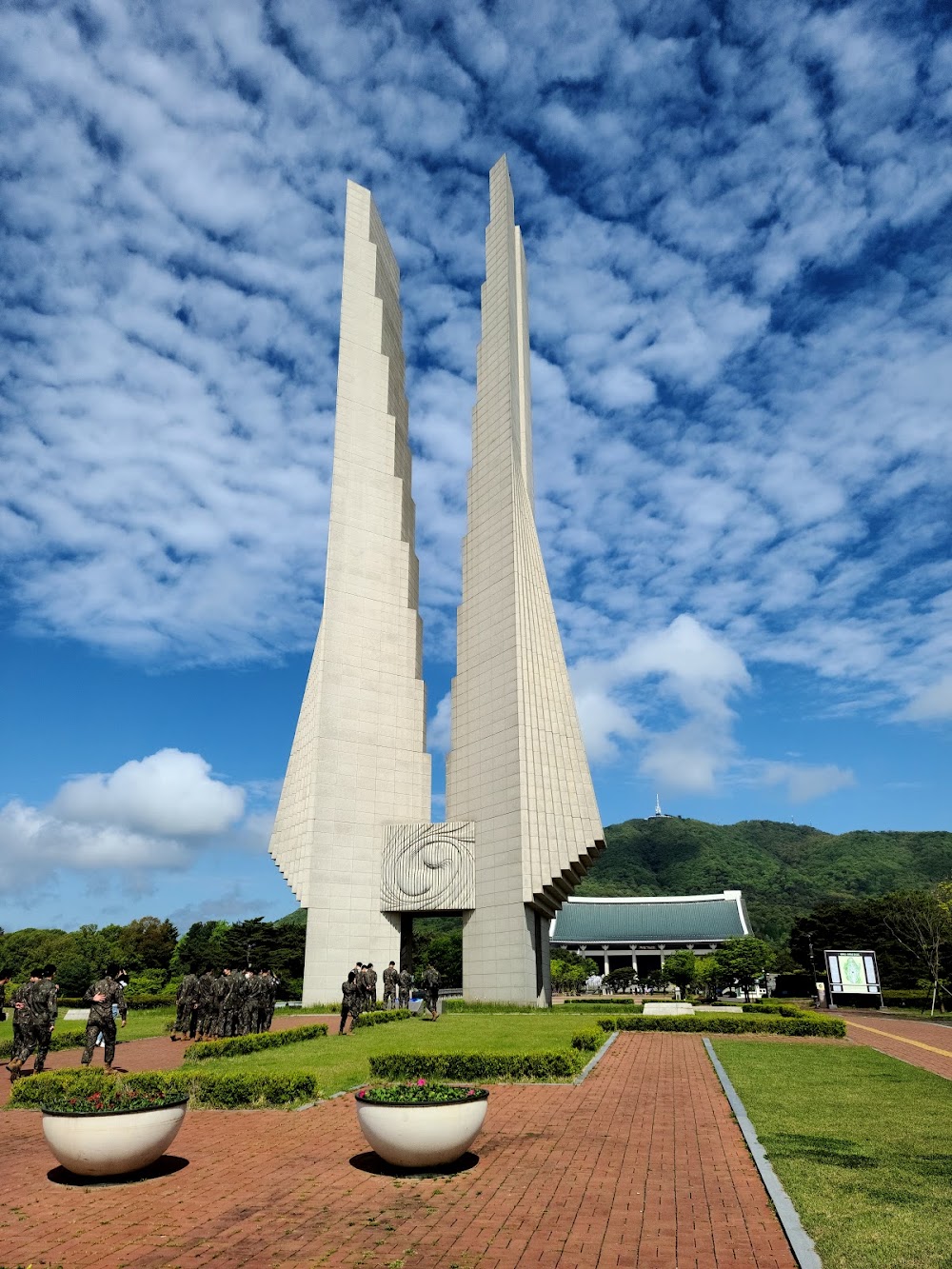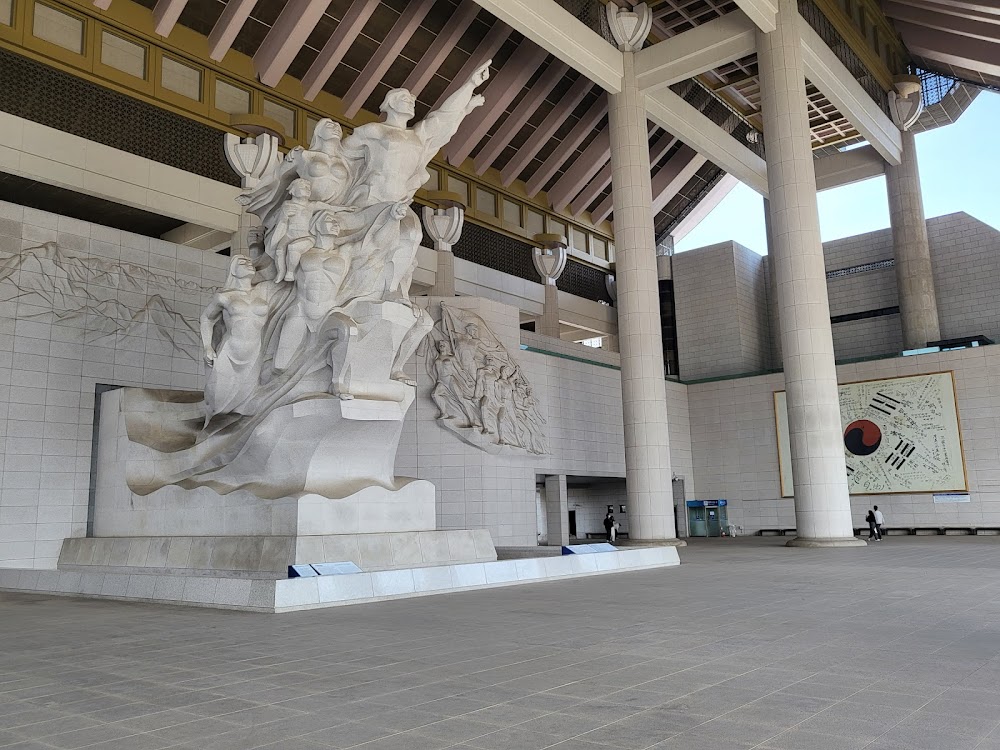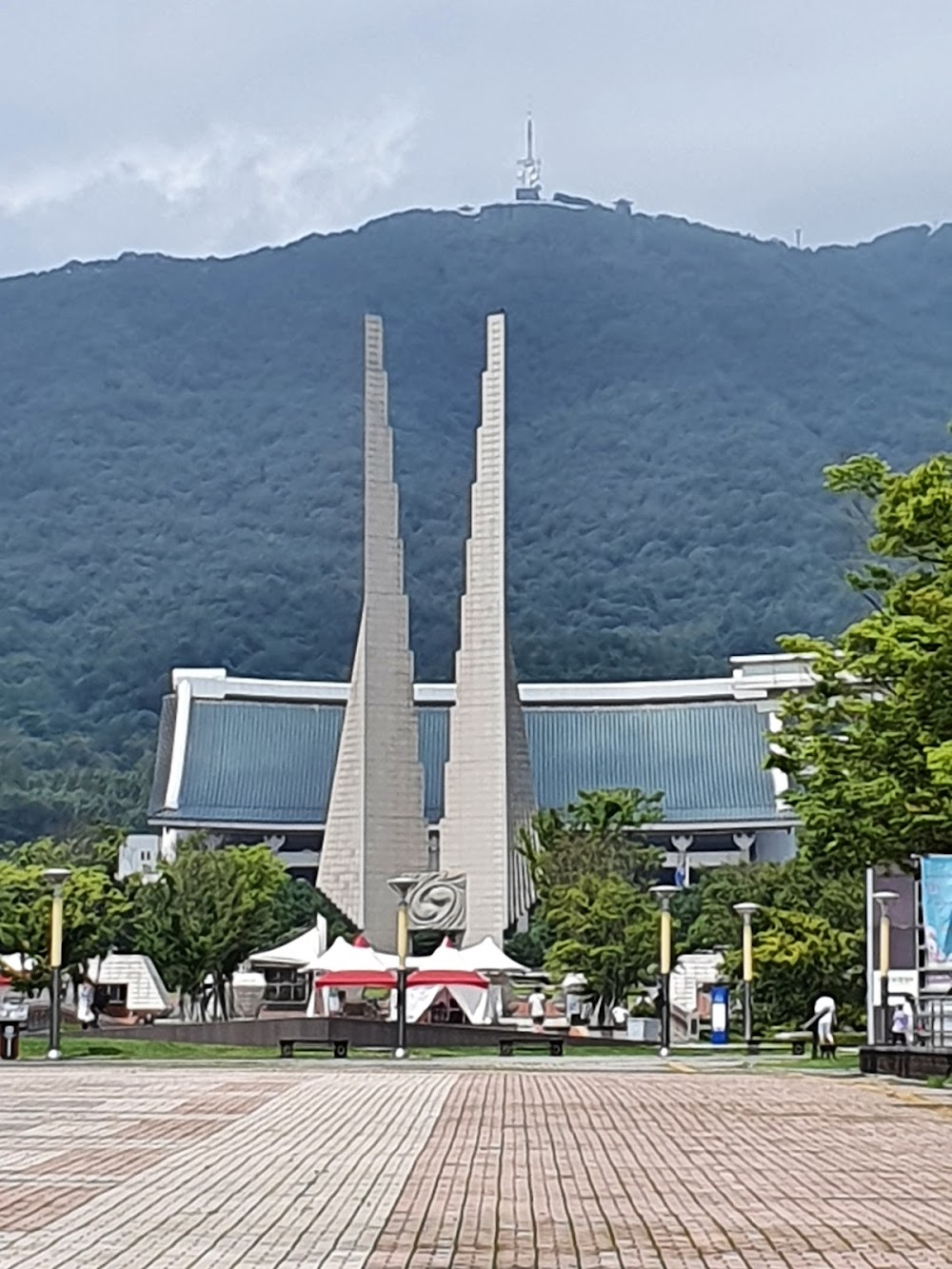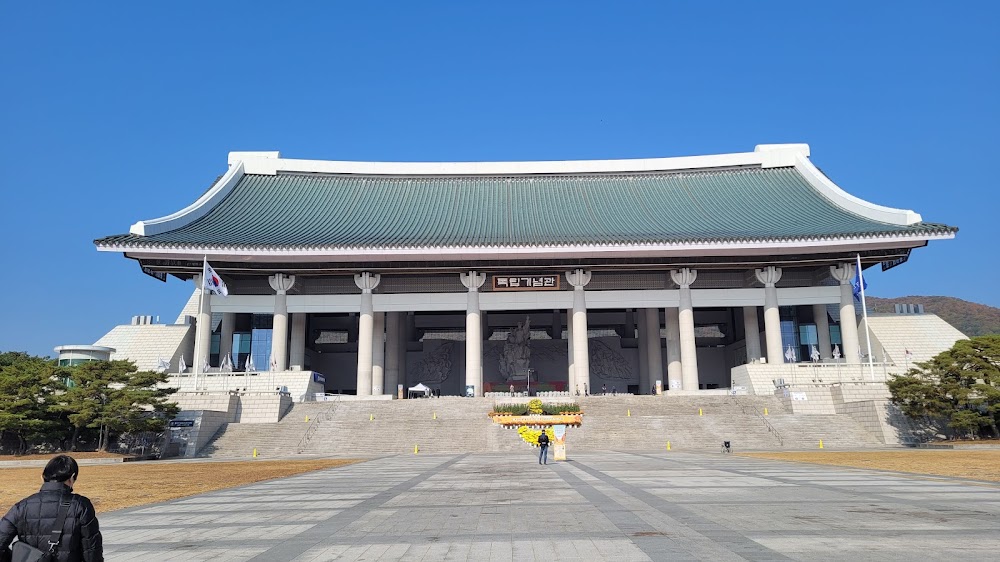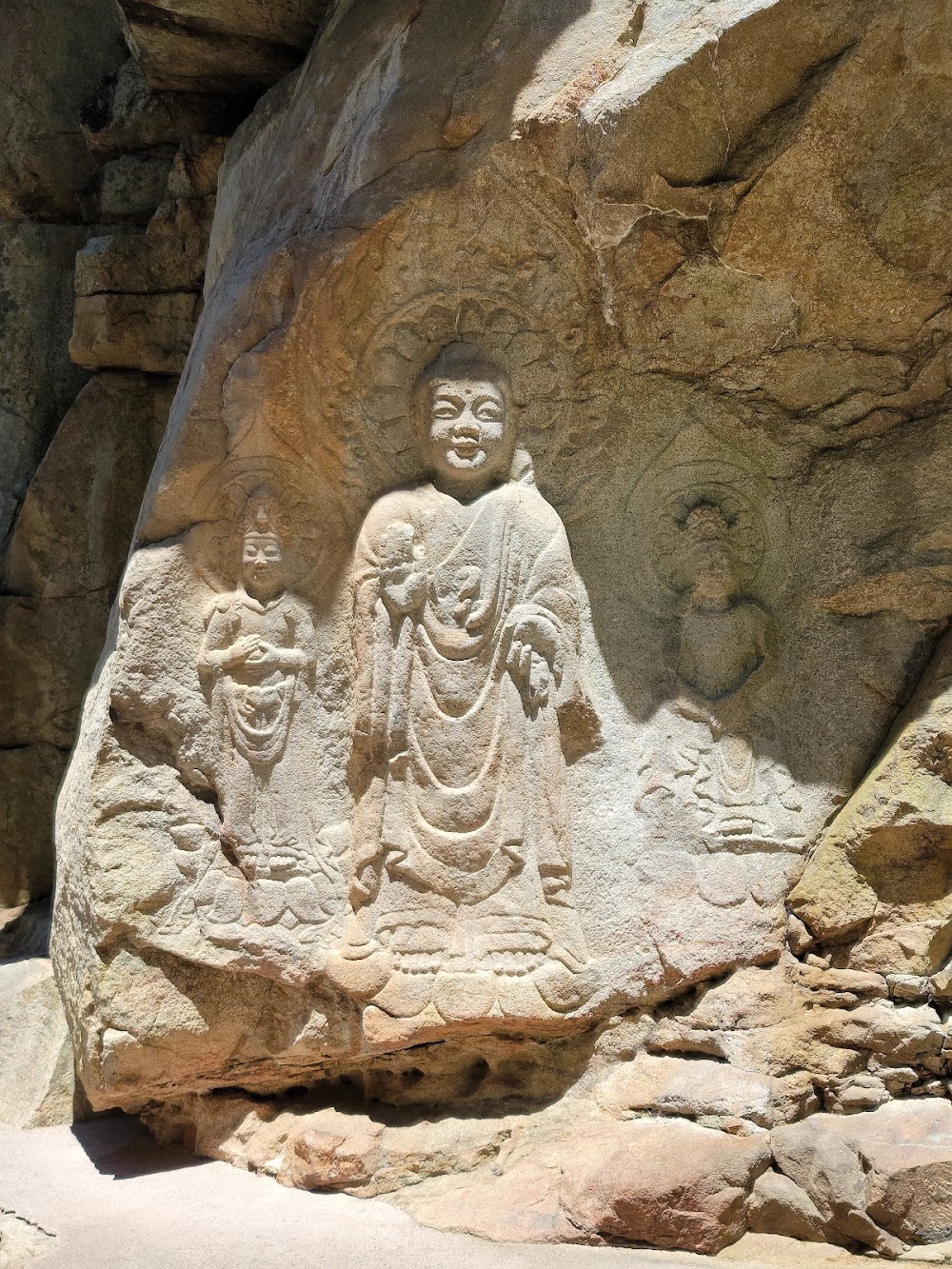Independence Hall of Korea (독립기념관)
Overview
Independence Hall of Korea is a magnificent landmark nestled in the picturesque South Chungcheong Province of South Korea. This grand structure was established to pay tribute to the nation's enduring struggle for independence, particularly during the challenging years of Japanese occupation.
The concept for Independence Hall emerged in the early 1980s. Driven by a deep sense of national pride and a desire to honor their arduous path to freedom, the Korean people envisioned a space that would house historical artifacts and educate future generations. This ambitious project saw collaboration between citizens and the government, gathering donations and support from across the nation. The overwhelming public enthusiasm highlighted the shared memory and pride of the Korean people.
Construction of Independence Hall commenced in 1983, with the aim of creating a complex that would symbolize sovereignty and historical remembrance. The architectural design beautifully blends traditional Korean aesthetics with modern elements, showcasing meticulous attention to durability and symbolism. The facility was envisioned as a repository for significant moments from Korean history, ensuring that the nation’s heritage would be preserved for years to come.
Independence Hall officially opened on August 15, 1987, a date of profound significance as it marks Korean Liberation Day. The expansive complex features several thematic exhibition halls, each dedicated to different aspects of Korea's quest for freedom. These halls are filled with a rich array of artifacts, including documents, photographs, personal belongings of independence activists, and memorabilia that narrate the powerful stories of sacrifice and resilience.
One of the standout features of Independence Hall is the Statue of Indomitable Koreans, prominently positioned at the entrance. This striking statue embodies the unwavering spirit of the Korean people, leaving visitors in awe of its commanding presence and the national pride it represents.
Inside, the Memorial Hall is a key attraction, offering a chronological narrative of Korea's history with a focus on the colonial period and the struggle for independence. Interactive displays enhance the learning experience, making it both engaging and informative. Additionally, there are dedicated halls for educational programs and research facilities that support ongoing studies of Korean independence movements.
The layout of Independence Hall features expansive outdoor spaces designed for reflection and remembrance. Tranquil gardens and open areas invite visitors to ponder the struggles and victories of the past, fostering a deep emotional connection with the history encapsulated within the site.
Beyond its historical exhibitions, Independence Hall regularly hosts special events, educational workshops, and commemorative ceremonies. These activities aim to keep the spirit of independence alive, ensuring that the sacrifices of previous generations are never forgotten. The complex has become a vital hub for both tourists and locals seeking to understand and honor Korea's rich history.
In essence, the Independence Hall of Korea serves not only as a museum but also as a monumental symbol of the nation’s journey toward independence. Its creation is a testament to the collective efforts of the people, reflecting their unity and resolve. Today, it continues to educate, inspire, and remind everyone of the invaluable nature of freedom and the relentless pursuit of sovereignty.


